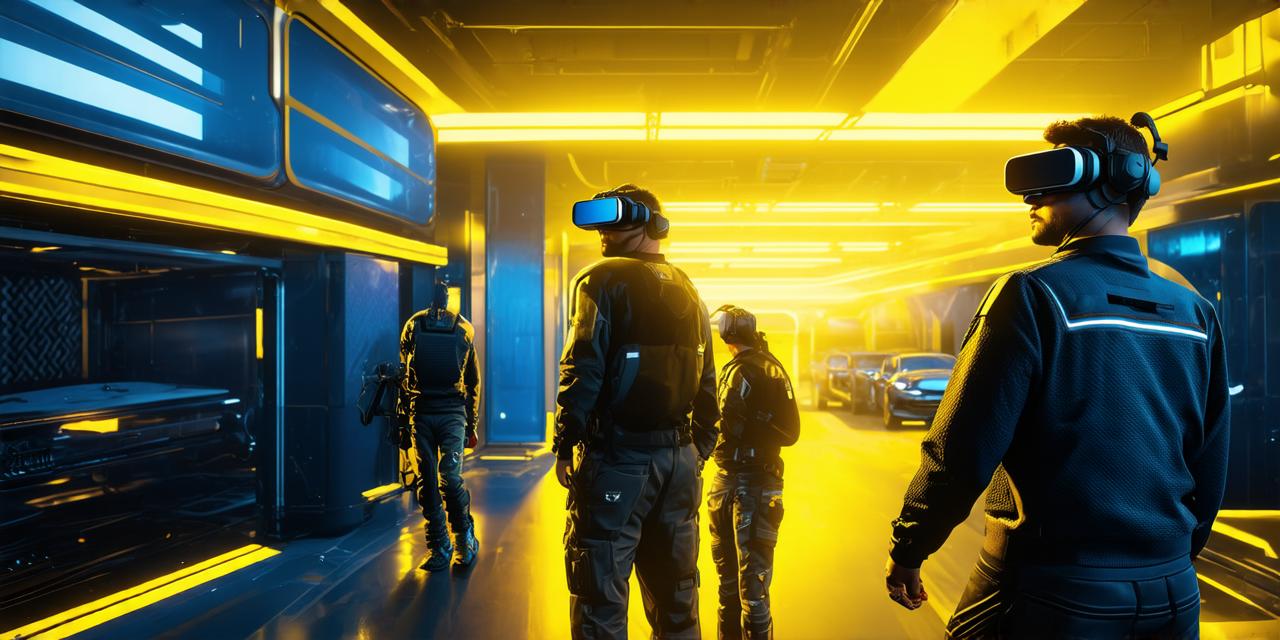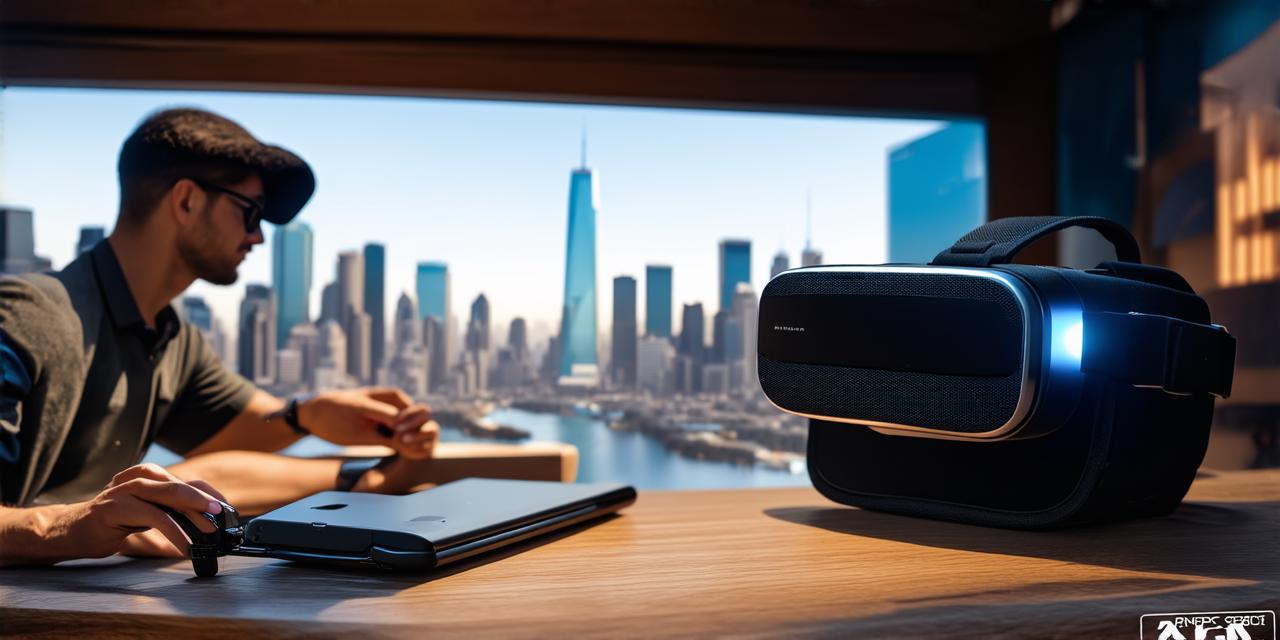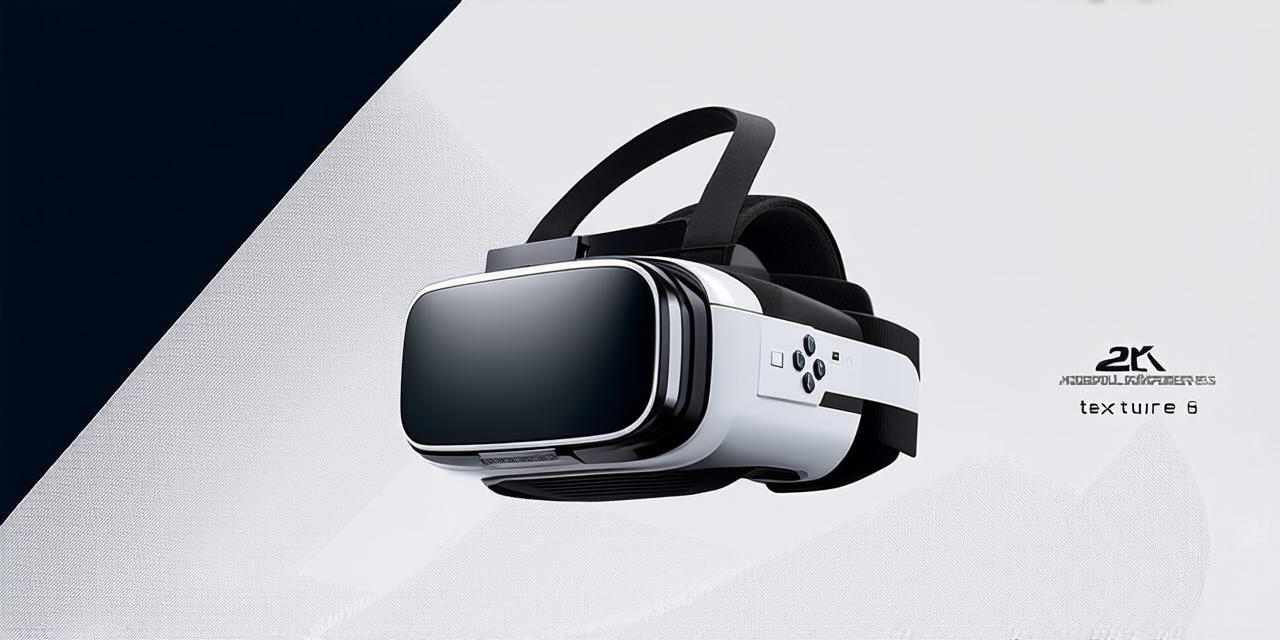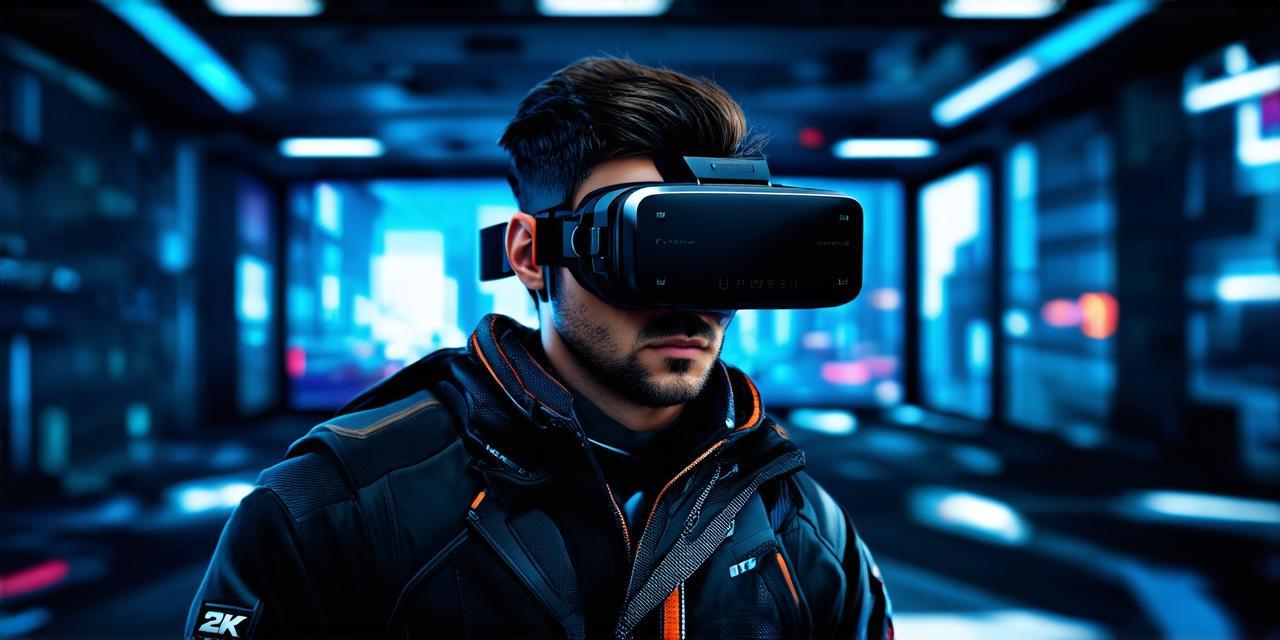Introduction
Virtual Reality (VR), a technology that immerses users in simulated environments, has been captivating our imagination for decades. But when did this fascinating journey begin? Let’s delve into the history of VR and trace its evolution over time.
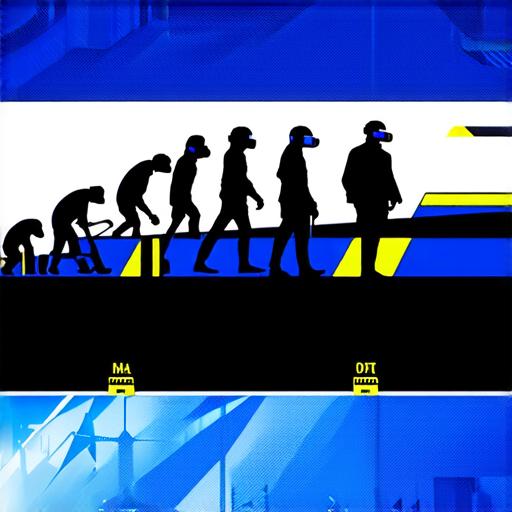
The Birth of an Idea: The 1960s
1. Morton Heilig’s Sensorama (1957)
Morton Heilig, a cinematographer, is often credited as the pioneer of VR. His invention, Sensorama, was an interactive 3D experience machine that used stereoscopic 3D films, sounds, and even scents to simulate real-world experiences.
2. Ivan Sutherland’s The Ultimate Display (1965)
Ivan Sutherland, a computer scientist, created the first head-mounted display, “The Ultimate Display,” which laid the foundation for modern VR. This device allowed users to interact with 3D graphics in real time.
The Dawn of Virtual Reality: The 1980s
3. Jaron Lanier’s DataGlove (1985)
Jaron Lanier, a computer scientist and artist, developed the DataGlove, an early VR input device that enabled users to interact with virtual environments using hand gestures.
4. The Virtual Reality Modeling Language (VRML) (1994)
VRML was a standard for representing 3D interactive vector graphics, designed particularly for the web. It paved the way for more accessible and immersive VR experiences.
The Rise of Consumer VR: The 2010s
5. Oculus Rift (2010)
Oculus VR, founded by Palmer Luckey, developed the Oculus Rift, a consumer-grade VR headset that gained significant attention when Facebook acquired the company in 2014 for $2 billion.
6. Google Cardboard (2014)
Google introduced Google Cardboard, an affordable, DIY VR viewer made from cardboard and a smartphone. This device made VR accessible to millions of people worldwide.
The Present: The 2020s
7. HTC Vive (2016)
HTC Vive, developed in collaboration with Valve Corporation, is one of the most advanced consumer VR headsets currently available. It offers room-scale VR, allowing users to move around freely within a defined space.
Conclusion
From Morton Heilig’s Sensorama to the modern HTC Vive, virtual reality has come a long way since its inception. The technology continues to evolve at an unprecedented pace, promising exciting possibilities for entertainment, education, and beyond. As we look towards the future, it is clear that the potential of VR is vast and largely untapped, making this an incredibly exciting time to be part of its development.
